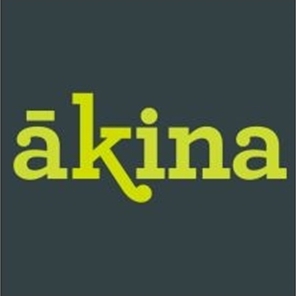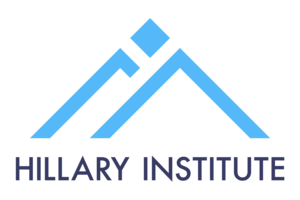Recognition for tissue engineering success
26 November 2013
Recognition for tissue
engineering success
Professor Neil Broom,
winner of this year’s MacDiarmid Medal from the Royal
Society of New Zealand, used skills and techniques honed in
metallurgy and applied them to solve complex problems of
biological tissue structure.
Professor Broom teaches engineering materials in the Department of Chemical and Materials Engineering at the University of Auckland’s Faculty of Engineering, but his entire research focus is on soft tissue.
He has developed novel experimental approaches that have led to major improvements in bio-prosthetic heart valve function, new insights into both joint tissue structure and osteoarthritis and the structural and mechanical basis of intervertebral disc prolapse.
Professor Broom’s initial training in metallurgy was applied successfully to experimental tissue mechanics and has earned him an international reputation in this field.
“The MacDiarmid medal is a humbling tribute to the work of our very small laboratory,” says Professor Broom who leads the Experimental Tissue Mechanics Laboratory. “I’m hugely gratified to see the work of so many students who work with me, also recognised by this award.”
“We have a small lab within the department, and students come here with little academic preparation for working with soft tissues, and yet we have achieved incredibly well on an international scale,” he says.
He made particular mention of his colleague, Dr Ashvin Thambyah who came to do post-doctoral studies from the National University of Singapore in 2005 and has stayed on to become a senior lecturer in the Department.
“We have worked together on this research and leading the laboratory,” he says.
Dean of the Faculty of Engineering, Professor Nic Smith says, “This is a fantastic achievement for Neil and his team and a great acknowledgement of the wonderful contribution he has made in the area of bio-materials over the course of his distinguished career. As the human relevance of engineering becomes more and more significant Neil’s work is an exemplar.”
Professor Broom’s earlier aortic valve research fundamentally altered the bio-prosthetic valve industry world-wide with most leading manufacturers now employing his low-pressure tissue stabilisation treatment described in his research publications to optimise valve leaflet flexibility and thus enhance durability in vivo.
His key achievements in joint-tissue research include the development of new collagen-based physical models for cartilage to account for the structural weakening occurring in the cartilage matrix arising from both early degeneration and trauma.
Professor Broom has provided rigorous, experimentally-based analyses of both the role of the strain-limiting articular surface, and the biomechanically critical junction region between the compliant cartilage and bone in its physiological state.
He and his team have produced evidence of primary bone formation beneath the still-intact cartilage adjacent to lesion sites thus clarifying the elusive pre-osteoarthritic state.
His research has produced a structural “gold standard” for the international community of ‘tissue engineering’ researchers, challenging them to ‘engineer’ matrices that are biomechanically viable.
Professor Broom’s most recent research, in collaboration with spinal surgeon Dr Peter Robertson, has focussed on the intervertebral disc (IVD). He and his team have developed new structural insights into the micro-anatomy of the disc wall to explain the mechanical basis of annular disruption and prolapse, these being linked to two of the most prevalent and debilitating clinical conditions of the modern world - low back and radicular pain.
He has shown experimentally how nucleus material interacts with the disc wall and endplate, and how combinations of flexion, torsion, and rate of loading can cause nuclear fragments to migrate out through the wall and cause prolapse.
This pioneering research is the first published integration of disc micro-architecture, functional posture, and loading rate, with susceptibility to failure.
ENDS


 Business Canterbury: Urges Council To Cut Costs, Not Ambition For City
Business Canterbury: Urges Council To Cut Costs, Not Ambition For City Wellington Airport: On Track For Net Zero Emissions By 2028
Wellington Airport: On Track For Net Zero Emissions By 2028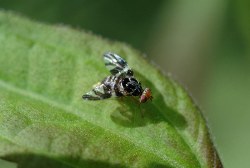 Landcare Research: ANZAC Gall Fly Release Promises Natural Solution To Weed Threat
Landcare Research: ANZAC Gall Fly Release Promises Natural Solution To Weed Threat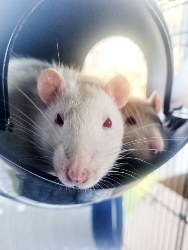 NZ Anti-Vivisection Society: Auckland Rat Lovers Unite!
NZ Anti-Vivisection Society: Auckland Rat Lovers Unite!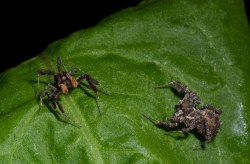 University of Canterbury: $1.35 Million Grant To Study Lion-like Jumping Spiders
University of Canterbury: $1.35 Million Grant To Study Lion-like Jumping Spiders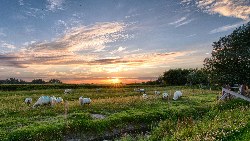 Federated Farmers: Government Ends War On Farming
Federated Farmers: Government Ends War On Farming
